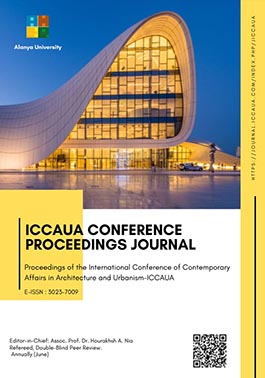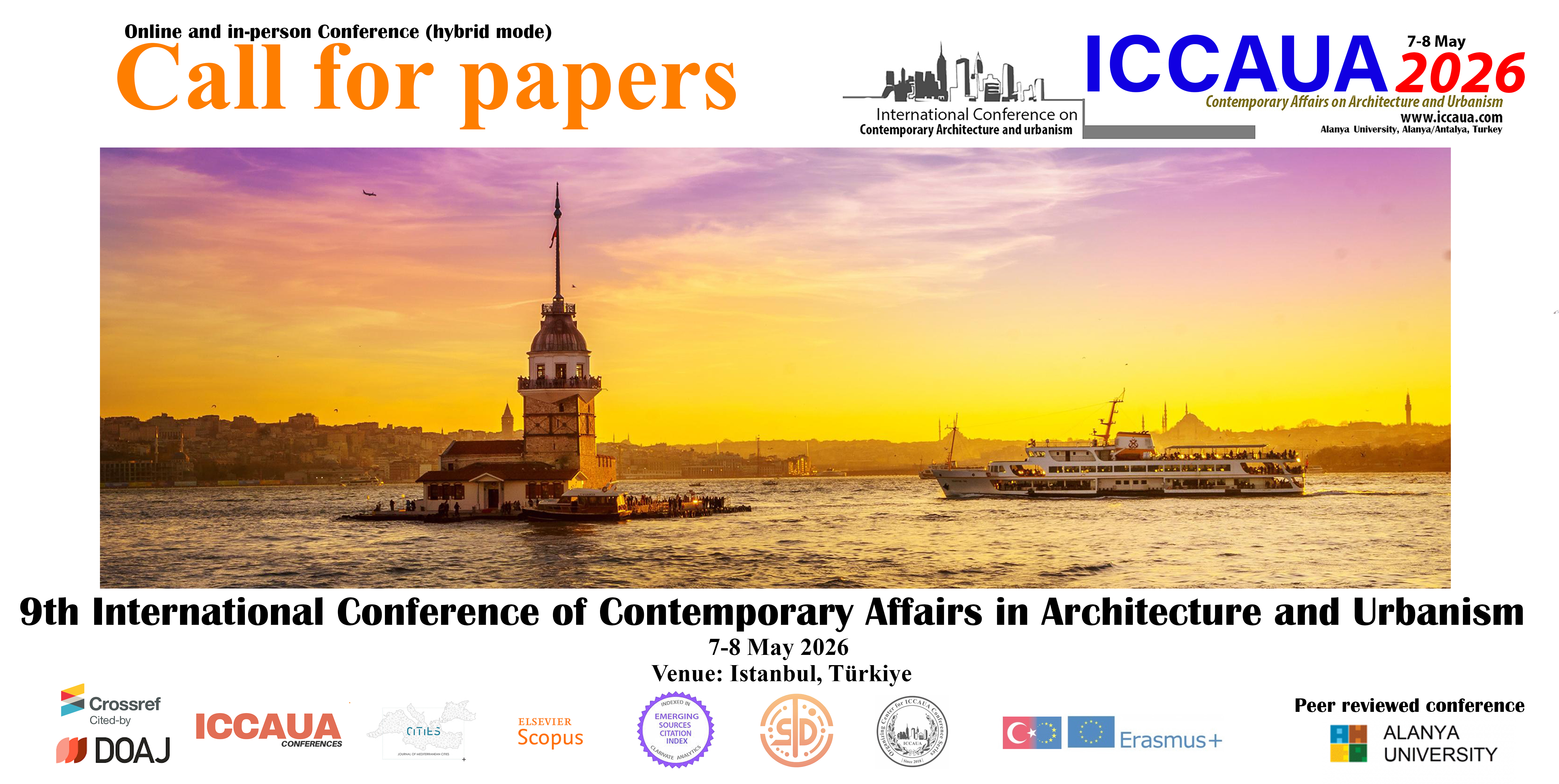Preferences for student rental housing in Dehradun, India: Using TOPSIS technique
DOI:
https://doi.org/10.38027/ICCAUA2025EN0544Keywords:
Studentification, Affordable Housing, Affordability, Quality of lifeAbstract
This study aims to identify and prioritise key attributes for enhancing service quality in Purpose-Built Student Accommodation (PBSA), focusing on student rental housing. Given the increasing demand for high-quality student housing, assessing infrastructure, facilities, and service quality from students' perspectives is essential. The research was conducted in Dehradun, India—a major educational hub—examining 27 housing attributes and 10 neighbourhood attributes based on both their perceived importance and satisfaction levels. A five-point Likert scale survey was administered to 425 students, selected through simple random sampling. The data were analysed using the Technique for Order of Preference by Similarity to the Ideal Solution (TOPSIS), allowing for a comparative performance analysis of each attribute. The results highlight significant gaps between the importance students assign to features like high-speed internet, safety, and food services, and their actual satisfaction with those offerings. By integrating a multi-criteria decision-making framework with a dual-layered evaluation of expectations versus experiences, the findings provide valuable insights for developers and higher education institutions, ensuring student housing aligns with student expectations and quality standards. By integrating a multi-criteria decision-making framework with a comparative performance evaluation, the study contributes to urban housing discourse and the socio-economic planning of inclusive student accommodation.
Downloads
Downloads
Published
How to Cite
Issue
Section
License
Copyright (c) 2025 Dikchha Tiwari, Uttam Kumar Roy

This work is licensed under a Creative Commons Attribution 4.0 International License.




















